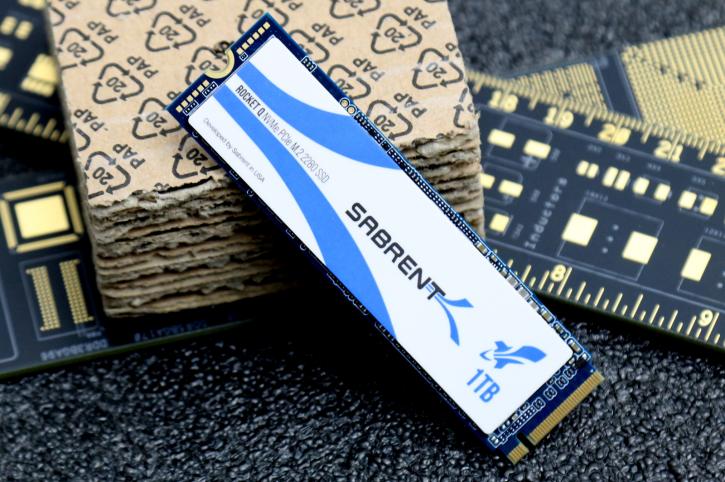Final Words & Conclusion
Final Words & Conclusion
For normal PC usage, gaming and mass (cold) storage like your movies library we have very little to complain about really. However any potential end-users (you) have to face a bit of a fright, it's the same scare that the move from MLC towards TLC NAND invoked, that's lifespan aka endurance. Well, that and the QLC write hole. It's not different for me, currently based on the minor price differences I'd be happy to spend 20 bucks more for a TLC driver like the PCIe Gen3 Rocket series. The reality is however that when you math things out, the picture does change. Allow me to throw an example at you: if we focus on the submitted and reviewed 1 TB version, with its rated 260 TBW you would need to completely write the SSD 260 times before the NAND cells start to die. Let's normalize that to a bit more understandable proportions if you write 25 GB per day each day of the year (which is a lot!) x 365 / 1000 = 9.125 TB written per year. So in that scenario that's 28 years of lifespan. These are the numbers we're talking about. So in terms of lifespan and endurance, for a regular PC gamer/users I would not be worried too much.
However there is another problem facing QLC written memory, once your FIFO write buffers run dry, QLC will face what we refer to as the QLC/TLC write hole and drop in performance pretty bad. We've tested that in our review and it shows that this QLC actually has a big whopper of an SLC write buffer. Basically this is what NAND provisioning is all about. All hot data is written to SLC first and then moved to QLC. We haven't noticed significant enough perf drops due to QLC write holes, triple-level cell written NAND (and QLC NAND) are a weak spot for super-fast, and many writes. The reality with the Rocket Q is that you need to push extremely hard to reach that point of slow writes. Honestly, you'll be hard-pressed to run into it. Not even copying a 110 GB file multiple times made us stumble into it.
Concluding
The Rocket Q is a product we can recommend, but as stated the people will judge on endurance, and QLC has a bit of that scare factor. Writing 25 GB per day every day each year would still make this SSD last 28 years, and that is a reality. As such I see this SSD as a good option for laptops and NAS storage. If you want a bit more ease of mind then your next stop is a TLC based SSD. There is another major factor in the NAND arena, pricing. QLC will need to come down in price significantly for it to make enough sense. Currently, it's 11~12 Cents per GB, and with TLC based SSDs in the same performance class going for 12 to 15 cents per GB, people will easily flee towards the TLC NAND product series for reasons aforementioned. Performance wise this QLC product did not disappoint at all, even the dreaded QLC write hole has been polished away by a big SLC buffer, so for normal and everyday usage and say a gaming PC, really it's a recommended product multiple times faster than any of the fastest SATA3 SSDs. But pricing levels for QLC, as stated, need to come down before a larger audience will accept and adopt QLC based SSDs. And sure, hand out the 4 TB version of this SSD, and I would, without doubt, add it into our NAS or that gaming PC for large centralized storage with super-fast performance. So yes, recommended but for this rocket to fire off into the stratosphere, the technology as a whole will need to come down in price.
Recommended Downloads



